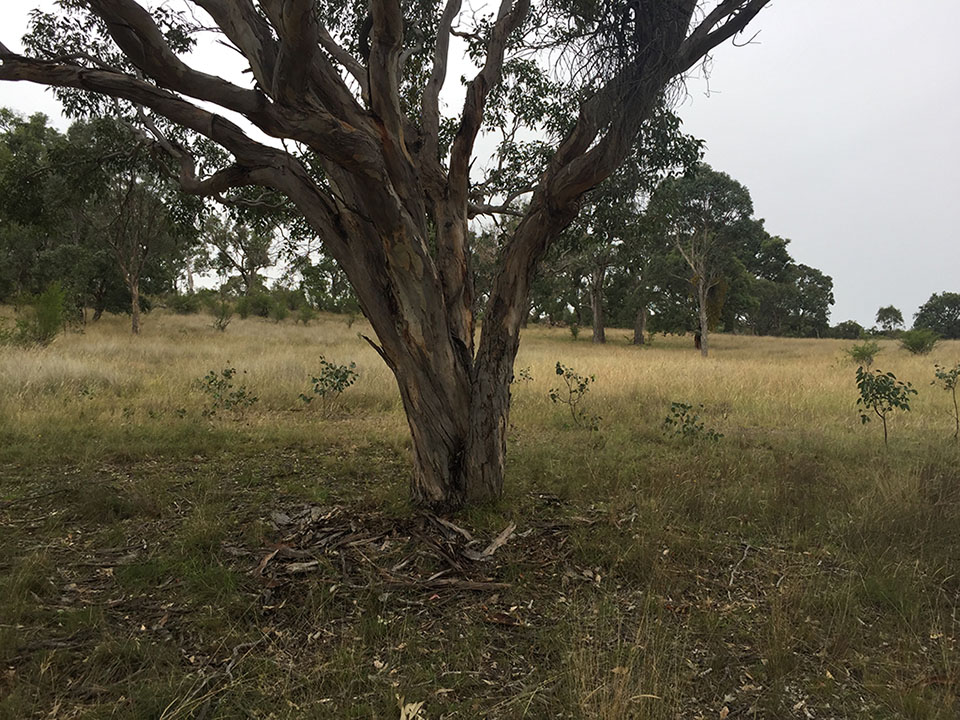- Location
- Owaka, New Zealand
Hi Tom
sh!t, what a great place to start, a clean sheet
I envy you!
Freedom from baggage is a massive, massive help to looking at a new business venture without the idea that "we need to spend less money, and grow more grass" in the back of your mind, getting in the way of planning.
As Roy and Will have suggested, that aint the whole.
sh!t, what a great place to start, a clean sheet
I envy you!
Freedom from baggage is a massive, massive help to looking at a new business venture without the idea that "we need to spend less money, and grow more grass" in the back of your mind, getting in the way of planning.
As Roy and Will have suggested, that aint the whole.












